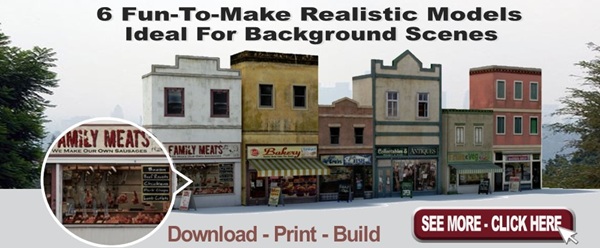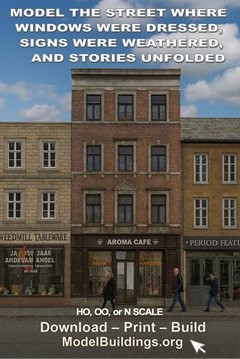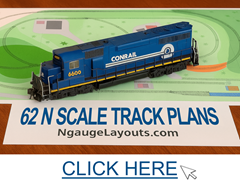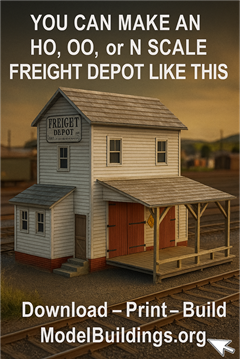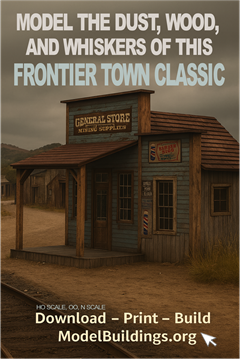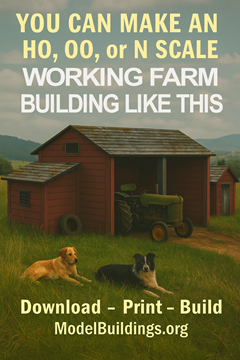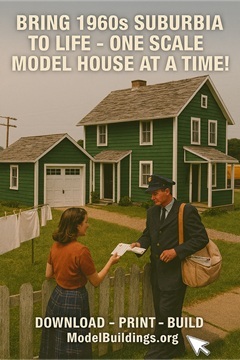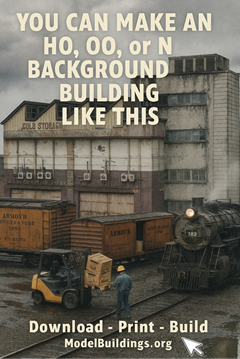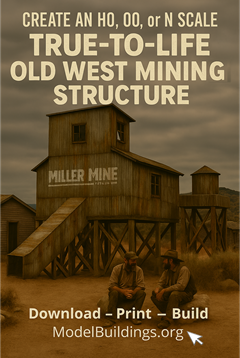Everything on model trains, model railroads, model railways, locomotives, model train layouts, scenery, wiring, DCC and more. Enjoy the world's best hobby... model railroading!
Staging Requirements
Merv has some good questions:
“Just relocated to our new home and will be upgrading to a 10ft x 8ft layout. A giant leap for me, can’t wait! Before getting ahead of myself though I thought would ask – how much staging should I allow? How many tracks? Should I do continuous staging instead of stub-end staging?”
Share your feedback in the COMMENTS below.
Number-boards and Window Gaskets
Kerry asks:
“I want to highlight some of my number board and window gaskets on a couple of locos, but with poor eyesight and a shaky hand, I am not good at lining things up or doing fine brushwork. I have a hands-free magnifier but still struggle. I can’t be the only old codger with this problem. Is there an easy way?”
Add your thoughts under this post.
Older Locomotives With Demagnetized Motors
Glen would like feedback and writes:
Can a locomotive motor become weaker and lose power over time? A friend told me he heard heat can demagnetize motors with “excessive use”, but when I asked how many hours running would be “excessive use” he said he didn’t know and hadn’t asked. I’m not convinced, because I have some 35+ year-old engines that still run as good as new, but I do maintain them well. Does someone know for sure if this can happen or not, after how many hours of running, and are some brands/types of engines more susceptible? Just skeptical and curious?
Post your feedback and comments below.
NCE Throttle Confusion
John models in N scale and asks:
“So I’m getting into DCC for the first time and a while back I purchased a 7623 Baltimore & Ohio steam locomotive. Next, I was trying to find an NCE starter set but couldn’t find one in stock. I did find an NEC Deluxe Pro Cab (R); rbo2 radio base station; p114 power supply and a Power Cab Panel which I thought could get me running. I now realize I’m needing to purchase a command station to send the power and signal mix to the track. Looking online all I see are Power Cab lineups but nothing explaining the use of just the Deluxe Pro Cab lineup. I have a 3×5 setup I’m putting together and not into buying the Power cab throttle. At this point, I’m looking at an NCE 52 4008 CS 02 command station. My question is, is this command station going to do the trick? I don’t want to go thru the expense of buying this if it’s not what I need to finally run the locomotive using the NEC ProCab.”
DCC Running a Figure 8 Inside a Circle
George models in HO and asks:
“There are a number of answers for reversing loops but with a figure 8 running inside a circle, I see 4 reversing loops. All reversing loops have intersecting tracks with the other loops. How is this wired with DCC and keep the train[s] all running?”
Above Bench Turnout Motors
Pete asks:
“I have a few turnouts that are over a ledge where there is no room for my preferred under bench Tortoise motors. Two turnouts in that location are hard to reach so I need to use a track-level turnout motor. I see there are several HO brands available such as Atlas, Peco, and Piko. Some reviews indicate they may be subject to burnout. Suggestions are greatly appreciated. Thanks.
Comparing DCC Brands
James asks:
“How do I know which of the many brands of DCC are compatible with which make/model of Engine?”
Which Couplers?
John asks:
“ I recently bought some older rolling stock for N scale. They all have Rapido couplers. Can I stay with those as I develop a more modern train layout or should I find a modern coupler for the rolling stock that I want to use? If so, what kind?”
How Many Boosters Do I need?
Kenneth writes:
“I am building a DCC layout 5 metres by 3 metres around the room layout with an electric lift bridge at one end for access to the room. The layout will consist of the main station (up and down line) and adjacent branch line station and in this general area will be a wheat silo branch, works and way branch and a goods/cattle branch all interconnected.
The branch line runs to a terminating station with an adjacent fuel depot. Off the up and down lines on the opposite side of the layout will be two fiddle yards, with one off each of the up and down lines. Off the back of one of the fiddle yards is a line to a turntable and loco house.
I wish to break up the layout into power districts for short management control etc. The districts will be up line down line, wheat solo branch, goods/cattle-yard/works and way yards, branch line station and fuel depot, turntable, the electric lift bridge and the up and down fiddle yards. Each power district will be isolated from the other by insulated rail joiners on both rails and will be powered through an electronic short management device and powered by separated sub buses off the main bus line. I only propose operating two maybe three DCC sound-equipped locos at a time. I am using an NCE Power Cab. Do I need a booster for each power district?”
Peco Turnout and Frogs
Sharad from India asks:
“I have always bought Bachmann & Hornby locos. My latest acquisitions are Bachmann: Pere Marquette 1218 (2-8-4) & Santa Fe 5034 (2-10-4). I did buy these big locos. Later I realized that I will require bigger # turnouts and frogs. Can you suggest which ones to use from PECO?”
Bachmann Track Base Firmness
Lakshmi models HO scale and asks:
“I have set up my tracks on a strengthened glass platform (very firm and not soft). Will there be a problem of bounce and derailment, due to the firmness of the base?”
DCC Loco Speakers
Doug asks readers:
“Is the DCC loco speaker (audio quality) pretty much the same – or are some less tinny and a bit more realistic in sound quality? If the latter, how does one tell before purchasing? Thanks for any help with this question.”
NCE Power Cab
Alvin models N scale and asks readers:
“How do I reduce the sound volume on my DCC locos with sound by using my NCE Power Cab?”
See the comments and suggestions below.
GE BNSF GP 60M Digitrax Zephyr DCS52
Kim sent in details and a supporting photo of his layout to share:
“My current HO layout has been running going into 3rd year. I have been running GE BNSF locomotive in the inner track which has incline and curve. My incline is a bit more than 2%. I run about 6 cars and it is doing fine with that. The curve is 18″. My outer track is considerably longer but is basically oval. I run 2 locomotive consists. All BNSF. Lead is a SD70 Ace and GP 60 M. I found that if the put the GP 60 M on the inner track I had to limit the number of cars. It has only 2 axle trucks so has fewer wheels pulling the train. The inner train with the GE ES44c4 has 3 axle trucks so more wheels pulling and longer wheelbases. This is all connected track with multiple points of power supply and I operate Digitrax Zephyr DCS52.”
Rapido Parts
Tom writes:
“I’m old-fashioned and have 200 cars with Rapido couplers that work fine for me for years and grandkids. All the new engines come with Micro couplers. No one seems to know where I can get this Rapido replacement part for Micro diesel coupler? Any thoughts?”
Add your comments/suggestions below.
Locomotive Only Runs Backwards
Christine models N scale and asks readers:
“I just bought Kato track cause it’s pretty…so that tells you about my expertise. I also got a double crossover and it is not connected to any transformer as I only have it to go in a permanent figure 8 like configuration. My loco stopped running forward. I can turn it around but it still goes backwards. I do not see any switches on the loco. Did I short it out? I would really appreciate help. Thank you!”
Engine Lunges Forward
Bob models N scale and has this question:
“Whenever I turn the power supply off (MRC train power 5) it lunges forward. How do I bleed the power supply?”
Cheap Rolling Stock
Usually, the advice from experienced model railroaders is to buy quality over quantity, but as James points out that is not always the case:
“Now if you are going to buy cheap, buy real cheap and use them for show. I buy real cheap Cars and use them on the layout in a number of ways. Old flat cars can be used for bridges, etc.”
Thanks for the quick tip James.
